Protection for the cyclist: what is it and how to choose?

For the cyclist, protection is as important as choosing the right speed setting or the bike itself. Even professionals are not insured against injuries, and emergency situations happen quite often. To prevent serious injury, you need protection - a set of equipment used by the rider while riding. In addition to its function as a booster to cushion the impact, it often prevents unpleasant problems such as joint pain or micro-tearing of the muscles, ensuring their correct fixation in motion.
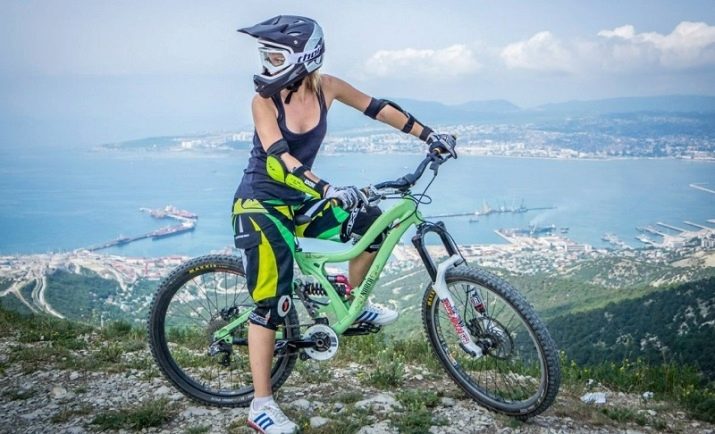
Helmets, glasses
Cycling protection usually starts with a helmet and goggles. Head safety is of the utmost importance and requires some really serious action. The simplest bike protection is a helmet, which can be different.
- Highway. It is lightweight, has the shape of a cap, and is not equipped with a visor. Differs in high aerodynamic properties.
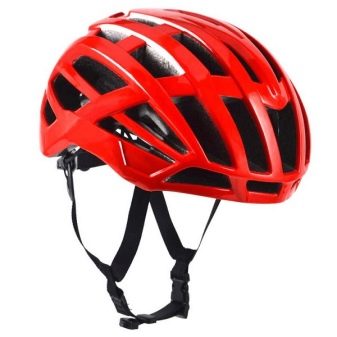
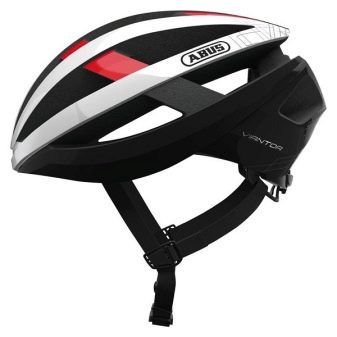
- For cross country. The most lightweight, well-ventilated option. Equipped with a sun shade, plastic shell and comfortable adjustable straps.
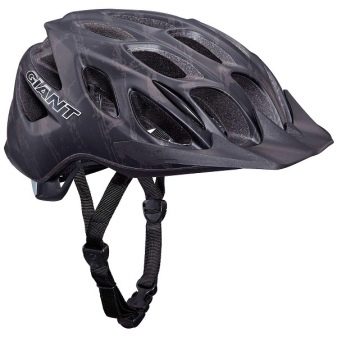
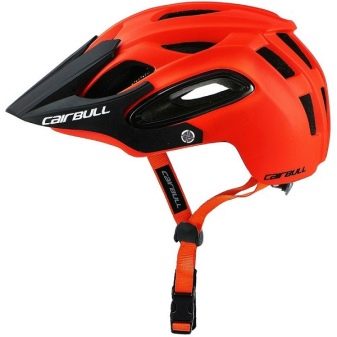
- "Bowler". This is a sturdy helmet with a high level of protection, suitable for street, dirt, BMX.
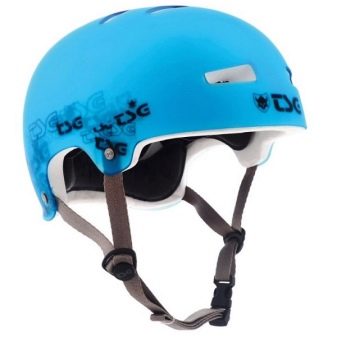

- Fullface. This option is more like a motorcycle. Used for extreme mountain skiing, downhill skiing.
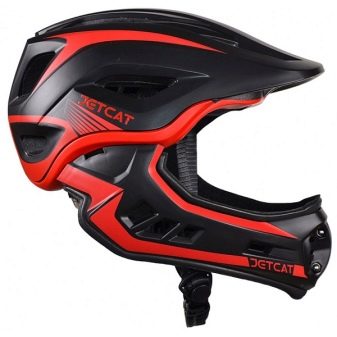
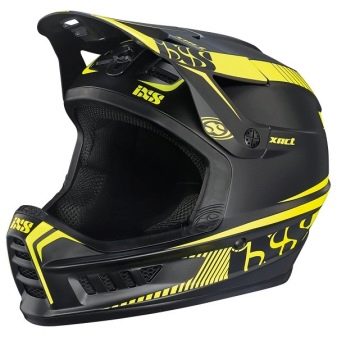
Bicycles play a protective role when riding at speed and over rough terrain, protect the eyes from damage and irritation. Models with a UV filter help to avoid the harmful effects of ultraviolet radiation.
You cannot use glass goggles when skiing, but you can order a sports model with plastic diopters.
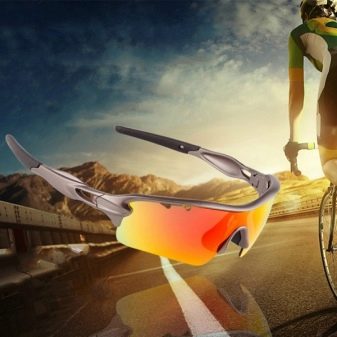
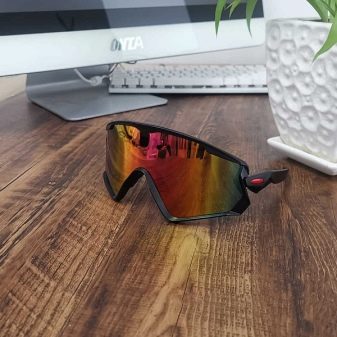
How to protect yourself from injury?
For cycling, it is recommended to purchase not only a special suit and a helmet that protects the head. Other important parts of the body also require protection.
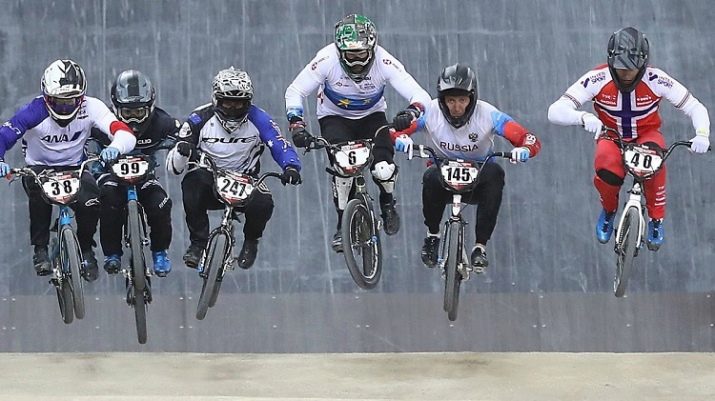
Legs
The main load here falls on the knee area - both when falling and while riding. Cycling knee pads are available in simple and combined. The first ones protect only the patella itself and are informally often referred to as "shells", since they play the role of that very shockproof booster.
And also there knee pads for riding, also fixed on the lower leg. They are designed for cycling disciplines such as downhill, freeride, BMX. Here, high cadence is much more often used - the speed of rotation of the pedals, often the leg simply jumps off the pedal, and it hits the shin area. Full protection protects against injury, makes it possible to confidently perform various tricks.
Knee pads, unlike helmets, have no limit on the number of falls. They can be used for a long time if there is no visible damage to the booster itself.
If cracks or breaks in the material form, it is better to replace the equipment.

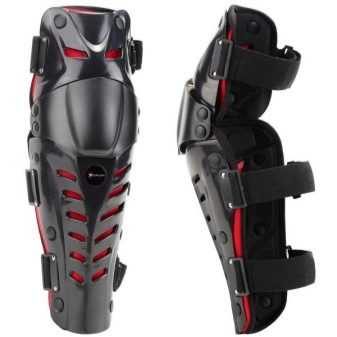
Arms and elbows
Hand protection should be comprehensive. First of all, it includes elbow pads - they can be short, covering only part of the forearm and elbow, or long. The second variation is used in XC discipline and covers the hand from forearm to wrist. Short elbow pads are used in freeriding, downhill, and general city riding. Often used a combined set of protection, providing the ability to vary the degree of hand coverage.

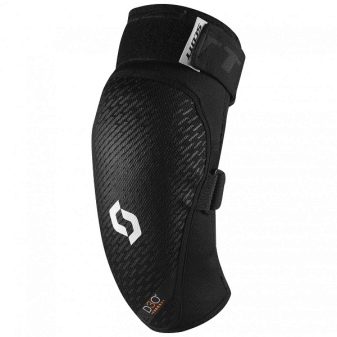
To keep hands and arms safe in the event of a fall, cyclists use gloves. For rides on high-speed bikes, they always have short toes. Models of the classic format are used as a demi-season version or are used in winter. Gloves serve not only as a shockproof booster, but also prevent the appearance of calluses from the steering wheel, there should be a seal in the knuckle area. Cyclists' hand protection is always soft - rigid structures, which are relevant for other sports, interfere with bike control here.
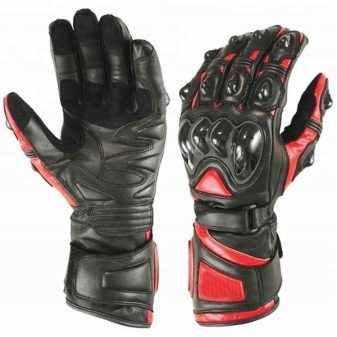
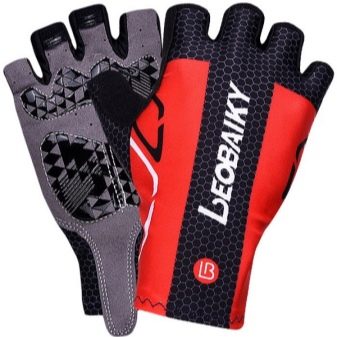
Frame
To increase safety when riding, special torso protection kits... They consist of special pants or shorts, supplemented with impact cushioning plates. A "carapace" of interconnected plates or a jacket is put on the back and chest with the same effect. Such boosters make it possible to protect the spine and ribs from injury even in the event of a fall or a direct collision.
Body protection is used mainly in extreme skiing disciplines.
When choosing it, it is important to make sure that the pad does not restrict movement and can be easily removed if necessary.
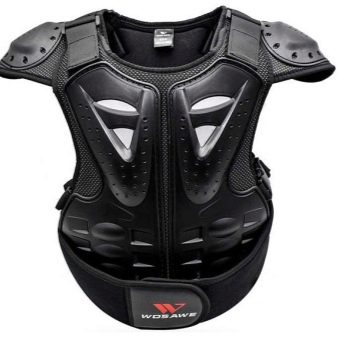
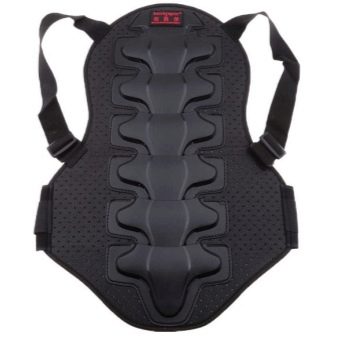
Top brands
Among the firms that deserve the most attention, a number of manufacturers of protection for cyclists can be distinguished.
- Fox. The brand has existed since 1974, based in California, USA. The company produces not only amateur protection for women, men, children, but also works on the creation of professional racing and sports equipment.
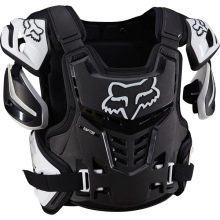
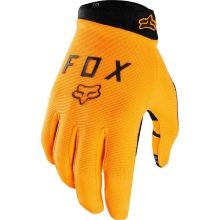
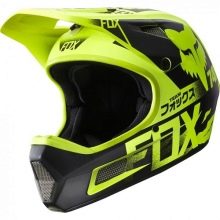
- Cyclotech... Domestic brand owned by Sportmaster. It manufactures products of primary and secondary levels.
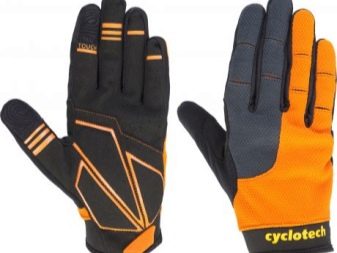
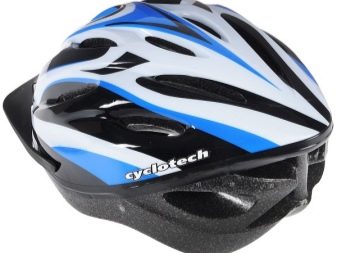
- Cannondale. Another American manufacturer specializing in the manufacture of bicycles and accessories. It is highly respected by professional riders.
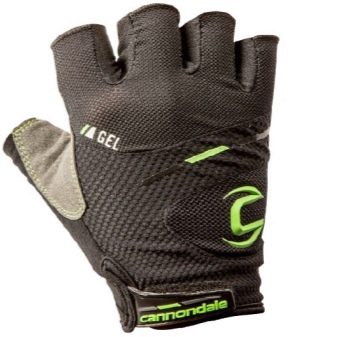
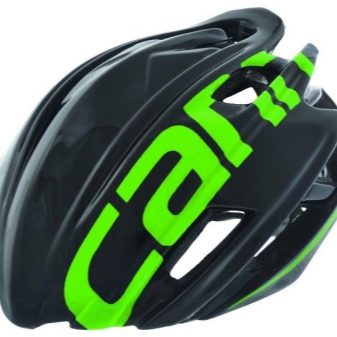
- POC. A Swedish brand widely known for making high-end bicycle helmets. In addition, the company has a wide range of other types of protection for riders with different riding preferences.
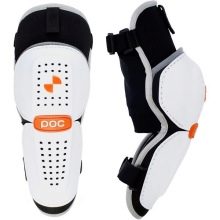
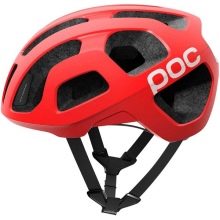
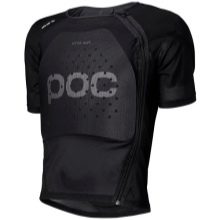
- SixSixOne. The brand specializes in creating equipment for BMX bikers, street and dirt enthusiasts. In the presence of gloves, knee pads and elbow pads with an extended protection zone. The American brand has established itself very well among athletes.
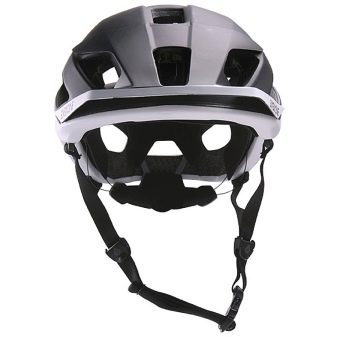
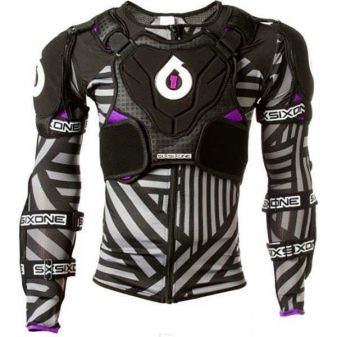
How to choose the right one?
When choosing protective gear for a cyclist, it is important to observe several conditions.
- Knee pads and elbow pads must be tried on. They should fit snugly, but maintain normal air exchange, not disrupt blood flow.
If the straps pinch the leg when tightening, the arm is an excuse to try on other equipment.

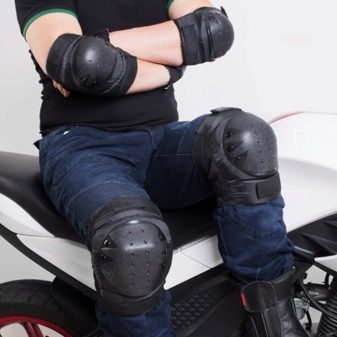
- Find the right type of protection mount. It is optimal if the knee pads and elbow pads are fixed like a stocking. They hold better and do not slip while riding.
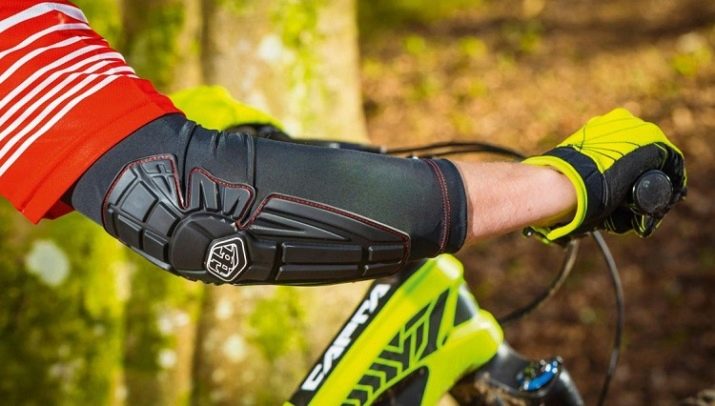
- Determine the correct size of gloves. They should not tighten and squeeze the brush during compression. The arm should bend freely.
The optimal margin along the length of the fingers is 3-6 mm.
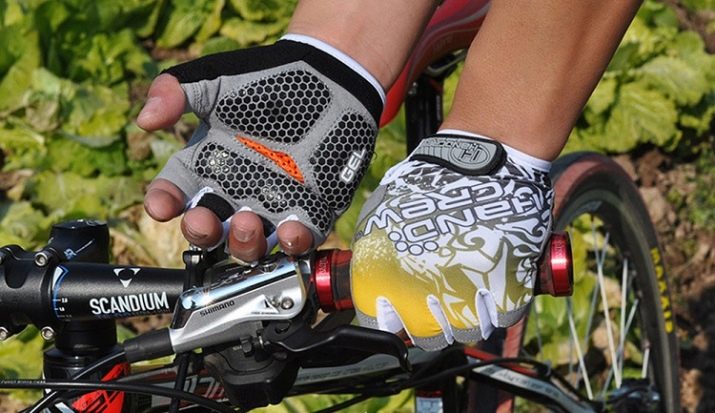
- In the place of protection, check for additional soft inserts. They compensate for the impact of a fall.
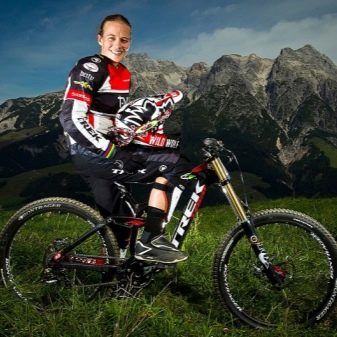

- Examine the quality of ventilation. If the equipment is made of neoprene, it will already provide sufficient hygroscopicity. When using other materials, special ventilation holes must be present in the design of the shields.
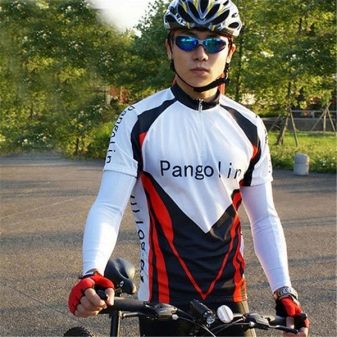
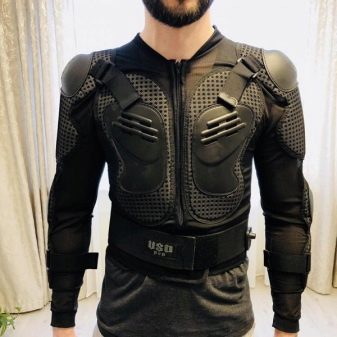
By following these guidelines, you can choose a bike protector effortlessly. It is important to remember that it is better to try on the equipment before purchasing.
You can find out how to choose a helmet for cycling in the video below.








